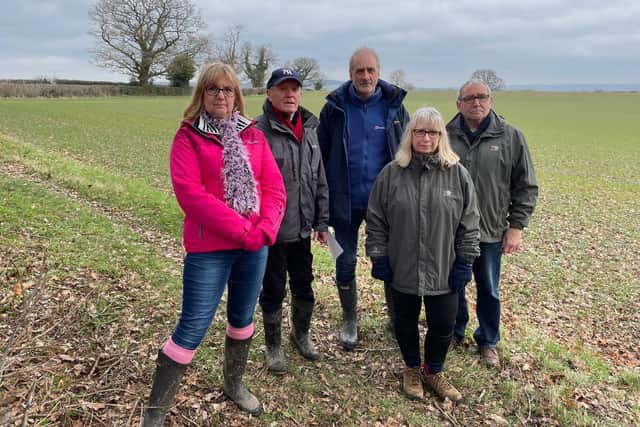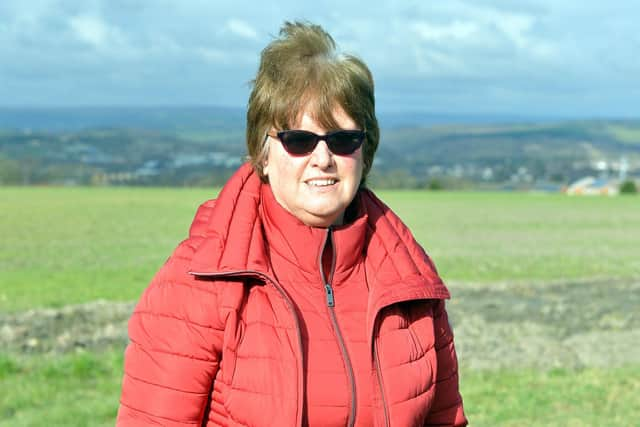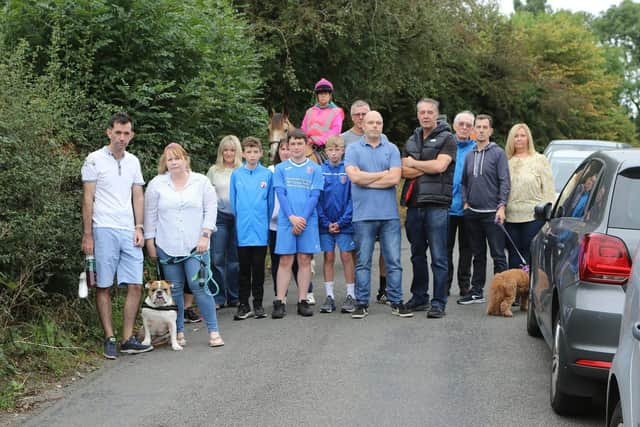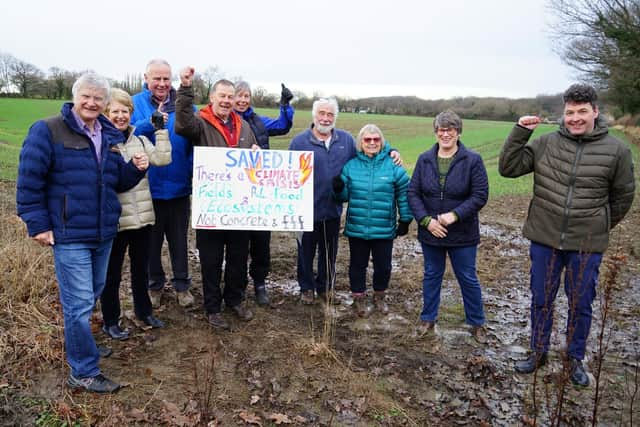Where thousands of homes could be built across Chesterfield and north Derbyshire - and how determined residents are taking on the developers
and live on Freeview channel 276
The major routes into Chesterfield from north, south, east and west have seen a housing boom over the last 20 years, which shows little sign of bursting any time soon.
Dozens of sites across the area have been identified for development now and during the next decade.
Advertisement
Hide AdAdvertisement
Hide AdEvery council has, by law, to produce a Local Plan, identifying how much housing is needed, as well as potential locations where the homes could be built.


In Chesterfield Borough Council’s latest plan, valid from 2018-35, the authority says more than 4,000 homes need to be built to ‘meet the housing needs of a growing population and a growing economy’.
However, the council insists that protecting the borough’s Green Belt and green spaces from ‘unnecessary or unsuitable development is a key priority’.
A spokesperson said: “The council never puts Green Belt land forward for development, and always considers how brownfield land can be used wherever this is viable. However, this is a balancing act as the council must also provide enough quality homes for residents, now and in the future.
Advertisement
Hide AdAdvertisement
Hide Ad

“Through its long-term planning, the council looks at what brownfield sites are available for housing – not all will be suitable, some are in areas of high flood risk, or have contamination issues for example, and in some cases even have greater value for nature than some greenfield sites.
"But over the next 15 years, more than 60 per cent of the borough’s housing will come from brownfield sites.
“In developing or considering plans the council values the voice of residents and their views are always taken into consideration.”
The £340million Chesterfield Waterside development, located off Brimington Road, is the borough’s flagship regeneration scheme, and once complete will feature 173 homes as well as modern office space.
Advertisement
Hide AdAdvertisement
Hide Ad

Even more homes are promised at the huge Staveley Works brownfield site – which the borough’s Local Plan has identified as an opportunity for housing, a new school and a HS2 train maintenance depot.
The land was bought by Harworth Group plc earlier this year and a planning application is expected to be submitted next year, with the 133-acre site potentially delivering up to 600 new homes.
Brownfield sites, while often vast, can be difficult to redevelop and are unlikely to meet housing needs on their own.
This means development on our green spaces becomes impossible to avoid – putting developers on a collision course with campaigners who want to preserve the environment and their way of life.
Advertisement
Hide AdAdvertisement
Hide Ad

Residents fighting plans for dozens of homes off Dark Lane in Calow, in neighbouring North East Derbyshire, are typical.
Spokesperson Jason Flaxman said: “As a group of residents, we are not apposed to new housing developments but we are of the strong belief these should be on brownfield sites and not in our local, beautiful countryside.”
Their determined campaign has shown the importance of acting as a community.
"I found that by talking to my neighbours we all had a common interest to stop the planning development so it is highly likely that you will not be on your own and try and form a group of residents,” Jason said.
Advertisement
Hide AdAdvertisement
Hide AdHe says it is vital to make use of social media and more traditional leafleting to reach those affected.
"The main issue we have with the latest housing planning application is that the developers propose large sites, then to make themselves look like they are appeasing the community they reduce the number of houses to be built,” Jason added.
To the north of Chesterfield, close to Upper Newbold, Cutthorpe and Dunston, another area of green fields on the edge of the borough is threatened by a 500-home development, which residents fear will help to create an urban ‘conurbation’.
Combined with adjoining housing developments, the wider area off Dunston Road could soon be ‘swamped’ by almost 1,000 houses.
Advertisement
Hide AdAdvertisement
Hide AdA group of residents have vowed they will not allow this to happen, and have been campaigning against the latest plans by William Davis Homes.
They have created a Facebook page, organised a petition, stuck up posters and door-knocked across the neighbourhood to alert other people to the development.
Dunston Grange Residents’ Action Group spokesperson David Watwood said: “At first people weren’t even aware it was happening, so we set about changing that.
"Now 99 per cent of people are opposed to it.”
The Staveley and Brimington areas have also caught the eye of developers in recent times, attracted by proximity to the A619 and the potential of the Staveley Works site over coming years.
Advertisement
Hide AdAdvertisement
Hide AdA major battle between the Brimington community and developers took place over the future of a treasured area of green space off Northmoor View at Brimington.
The 150-home development was opposed by residents whose cause was taken up by council leader, Coun Tricia Gilby.
After a lengthy planning process the development was given the green light by a planning inspector, and building work is underway.
South of Chesterfield, lying mostly in North East Derbyshire district, the A61 corridor has long been popular with developers.
Advertisement
Hide AdAdvertisement
Hide AdWingerworth, Tupton and Clay Cross have seen major development, but at least one new estate has been fought off by campaigners.
Concerns about flooding, traffic and GP surgery capacity prompted dozens of residents to object to the proposed development off Coupe Lane, between Old Tupton and Holmgate, and a ‘community effort’ has been credited for the development’s withdrawal earlier this year.
Campaign spokesperson Brian Lever said it was a ‘great relief’ for people across the area to see the back of the plans.
A North East Derbyshire District Council spokeperson said the withdrawal of the application showed how its adoption of a Local Plan last year ‘means the council is better able to proactively plan for the delivery of housing whilst protecting the environment from inappropriate or speculative development’.